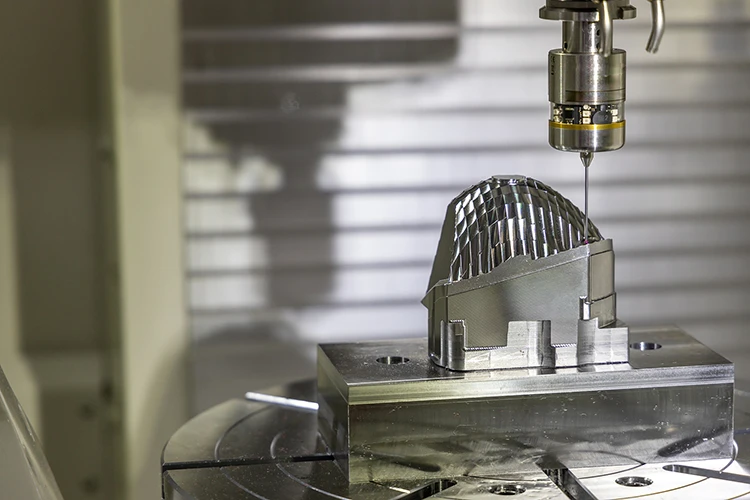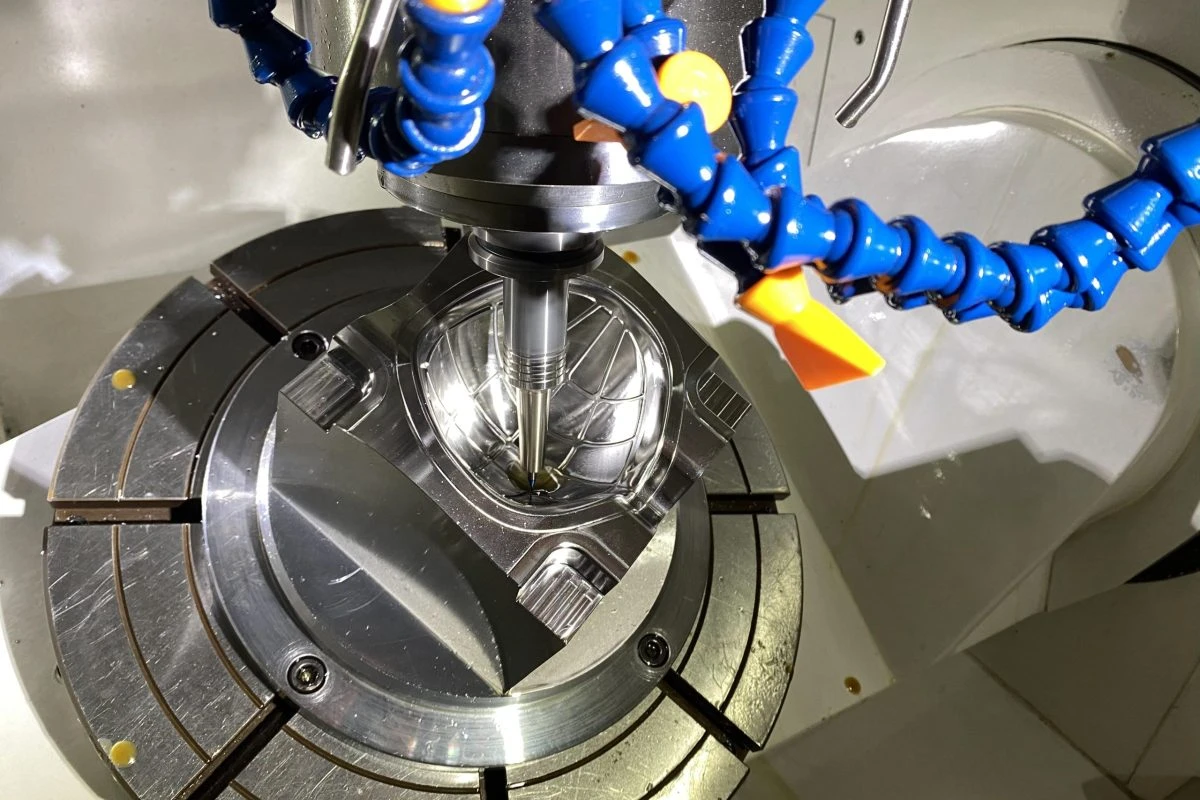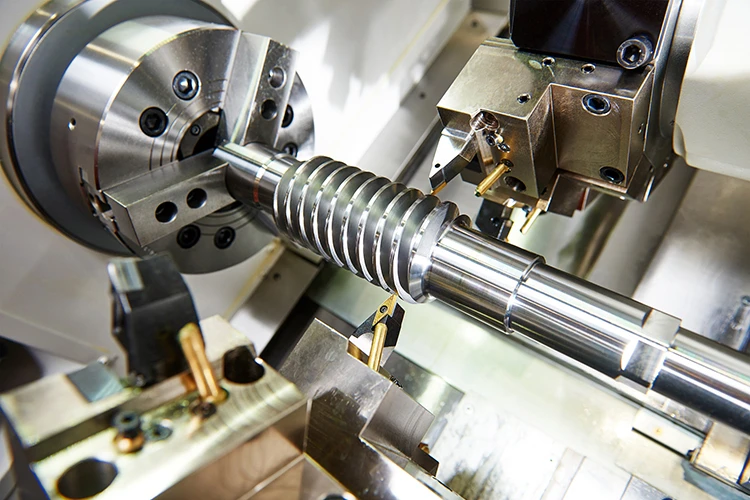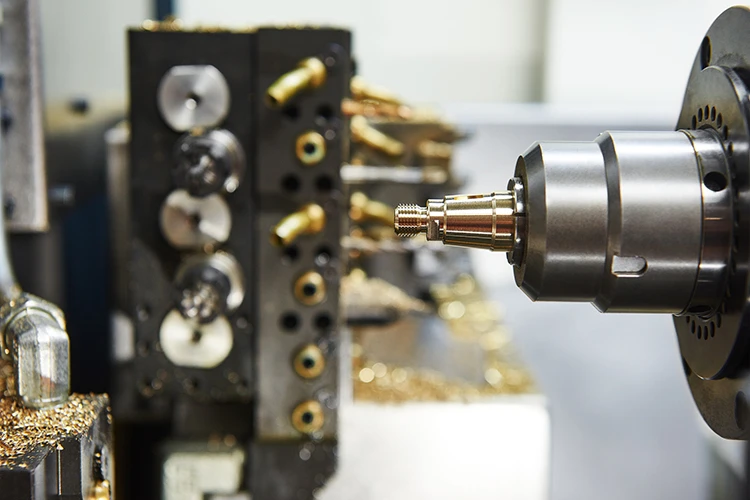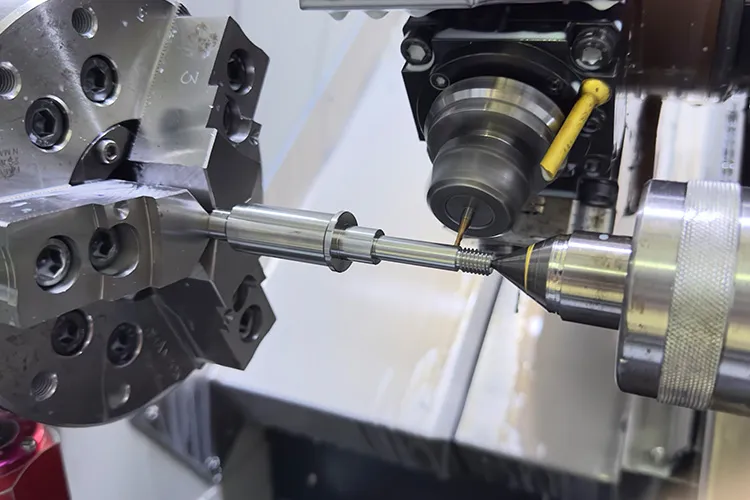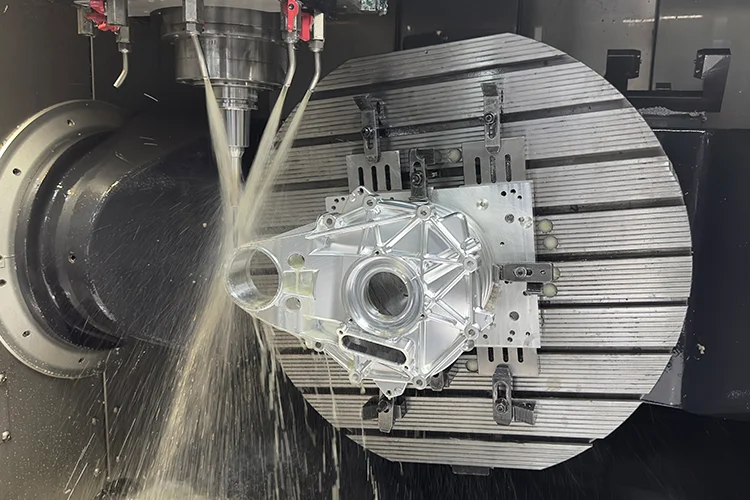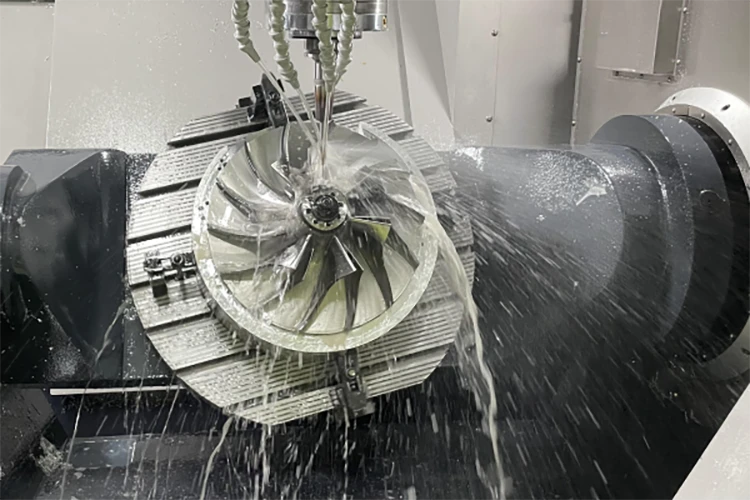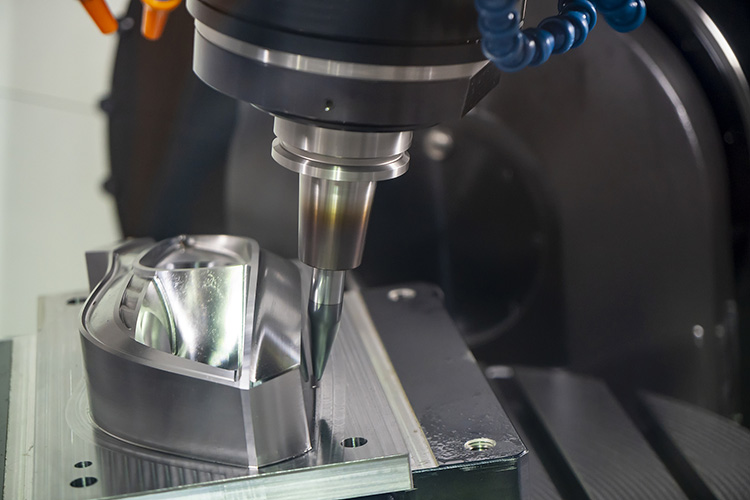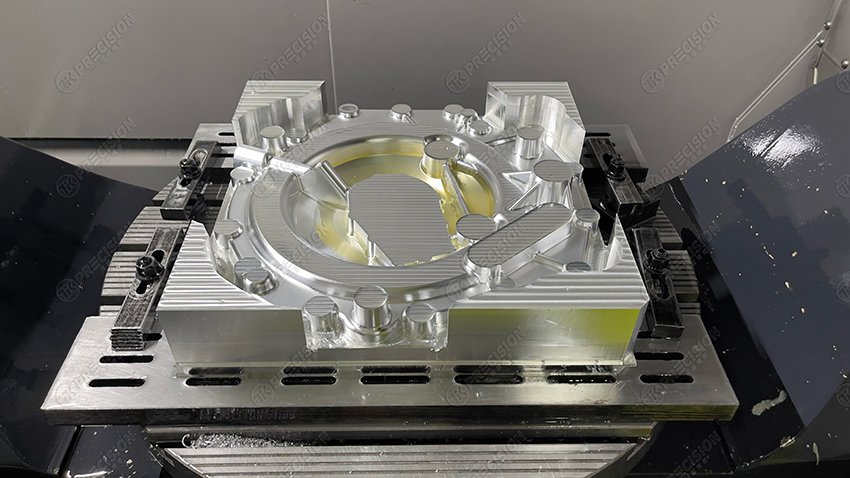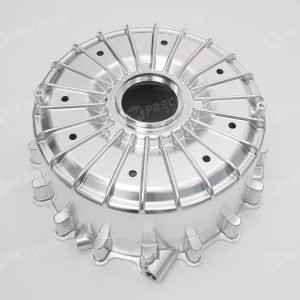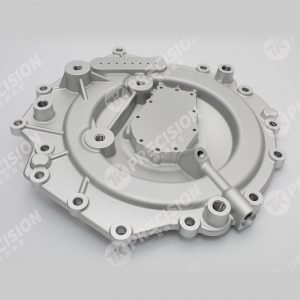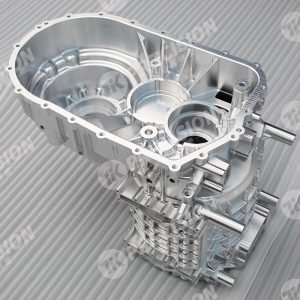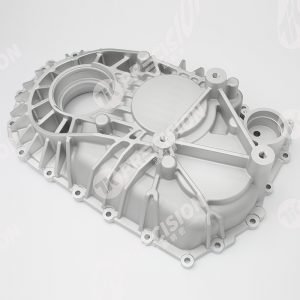Aluminum alloy machining is a complex process that requires a deep understanding of the different types of aluminum alloys, the machining process, and the best practices for successful machining. In this blog article, I will unpack the fundamentals of aluminum alloy machining, exploring the different types of aluminum alloys, the machining processes, tools, and best practices for successful machining.
About aluminum alloy machining
Aluminum alloy machining is the process of cutting or shaping aluminum alloys into desired shapes or sizes. Machining allows for the production of intricate shapes and sizes not possible with other manufacturing processes. The process involves using a variety of machining tools to cut, shape, and form aluminum alloy components. The machining process can be done manually or with the help of CNC (Computer Numerical Control) machines.
Aluminum alloys are a type of metal composed of aluminum and other elements. They are used in a variety of industries, including aerospace, automotive, and consumer products. Aluminum alloys are lightweight, strong, and corrosion-resistant, making them ideal for machining.
Factors to consider when machining aluminum alloys
When machining aluminum alloys, there are several factors to consider to ensure successful machining. The most important factor is the type of aluminum alloy being machined. Different types of aluminum alloys have different properties and machinability. Therefore, it is important to select the right aluminum alloy for the job.
Other factors to consider include the cutting speed, feed rate, cutting tool material, and lubrication. The cutting speed and feed rate should be adjusted to match the material being machined. The cutting tool material should also be selected based on the aluminum alloy being machined. Finally, lubrication is essential to reduce friction and ensure the tool does not overheat.
Types of aluminum alloys
There are many types of aluminum alloys available for machining, each with its own unique properties and machinability. The most common types of aluminum alloys used for machining are:
• 1100: This alloy is considered to be the most workable aluminum alloy. It is easily formed and welded, and is highly corrosion-resistant.
• 2024: This alloy is often used in aerospace applications. It is strong and lightweight, and has good machinability.
• 5052: This alloy has excellent corrosion-resistance and is often used in marine applications. It is also highly weldable and has good machinability.
• 7075: This alloy is one of the strongest aluminum alloys and is often used in aerospace and automotive applications. It is difficult to machine, but offers superior strength and corrosion-resistance.
Advantages and disadvantages of aluminum alloys
Aluminum alloys offer several advantages, including strength, corrosion-resistance, and lightweight properties. They are also highly weldable and formable, making them ideal for machining. However, aluminum alloys do have some disadvantages, such as their susceptibility to cracking and their susceptibility to galling.
Aluminum alloys are also more expensive than other metals, such as steel. Additionally, aluminum alloys are more difficult to machine than other metals, requiring specialized tools and techniques. For these reasons, it is important to carefully consider the advantages and disadvantages of aluminum alloys before machining.
Machining processes for aluminum alloys
There are several machining processes used for machining aluminum alloys, including:
• Drilling: Drilling is used to create holes in aluminum alloys. The process involves using a drill bit to create a hole in the aluminum alloy.
• Milling: Milling is used to shape aluminum alloys into desired shapes or sizes. It involves using a rotating cutter to remove material from the aluminum alloy.
• Turning: Turning is used to create cylindrical shapes in aluminum alloys. The process involves using a turning tool to rotate the aluminum alloy and remove material.
• Grinding: Grinding is used to remove material from the surface of aluminum alloys. The process involves using a grinding wheel to abrade the surface of the aluminum alloy.
Tools used for aluminum alloy machining
The tools used for aluminum alloy machining depend on the machining process being used. For example, drill bits, milling cutters, turning tools, and grinding wheels are all used for different machining processes. Additionally, there are several other tools used for aluminum alloy machining, including taps, reamers, and counterbores.
It is important to select the right tools for the job to ensure successful machining. The tool material should be chosen based on the type of aluminum alloy being machined and the machining process being used. Additionally, the cutting speed and feed rate should be adjusted for the tool being used.
Best practices for aluminum alloy machining
When machining aluminum alloys, it is important to follow best practices to ensure successful machining. The most important best practice is to select the right aluminum alloy for the job. Different types of aluminum alloys have different properties and machinability, so it is important to select the right aluminum alloy to ensure successful machining.
Other best practices include proper tool selection, using the correct cutting speed and feed rate, using the correct cutting fluid or lubricant, and using the proper clamping technique. It is also important to use sharp tools, as dull tools can cause the aluminum alloy to tear or chip. Finally, it is important to check the aluminum alloy for any damage after machining.
How to choose the right aluminum alloy for machining
When selecting an aluminum alloy for machining, it is important to consider the properties and machinability of the alloy. The type of aluminum alloy should be chosen based on the desired properties and machinability. Additionally, it is important to consider the application of the aluminum alloy.
For example, if the aluminum alloy is to be used in a marine application, it should be selected based on its corrosion-resistance. On the other hand, if the aluminum alloy is to be used in an aerospace application, it should be selected based on its strength and lightweight properties.
Challenges of machining aluminum alloys
There are several challenges associated with machining aluminum alloys. The most common challenge is tool wear, as aluminum alloys are more prone to wear than other metals. Additionally, aluminum alloys are more difficult to machine than other metals, requiring specialized tools and techniques.
Finally, aluminum alloys are more expensive than other metals, making them more expensive to machine. For these reasons, it is important to be aware of the challenges of machining aluminum alloys before attempting machining.
Aluminum alloy machining is a complex process that requires a deep understanding of the different types of aluminum alloys, the machining process, and the best practices for successful machining. In this article, I have unpacked the fundamentals of aluminum alloy machining, exploring the different types of aluminum alloys, the machining processes, tools, and best practices for successful machining. By understanding the fundamentals of aluminum alloy machining, it is possible to achieve successful machining results.

